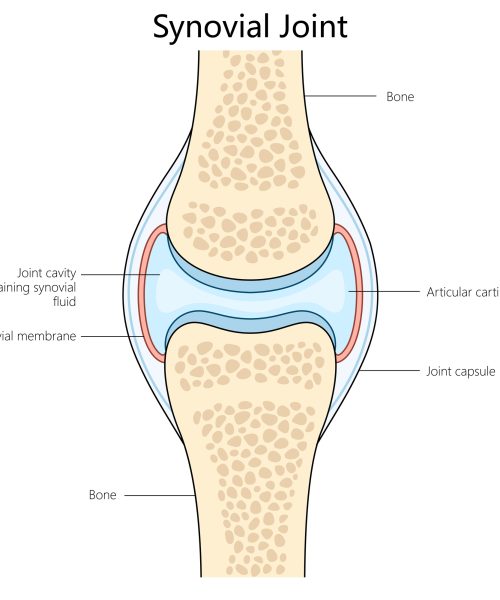There is currently no way to completely reverse the damage and paralysis that results from a spinal cord injury. One of the biggest obstacles is that neurons die and can’t regrow across the damage.
Now, researchers have developed a biomedical structure that has given impressive functional recovery to lab rats with severed spinal cords. The team detailed their success in a study published in the journal Advanced Healthcare Materials.
“Within the United States, SCI [spinal cord injury] has affected a significant number of individuals…with estimates ranging from 255,000 to 383,000 persons,” the researchers wrote in the study. “Unfortunately, there are no treatments currently available for SCI.”
That could all change. The team created a scaffold with tiny channels, which they then populated with spinal neural progenitor cells (sNPCs)—simply put, cells that can multiply and turn into different types of cells.

“We use the 3D-printed channels of the scaffold to direct the growth of the stem cells, which ensures the new nerve fibers grow in the desired way,” Guebum Han, first author of the paper and a mechanical engineer at Intel Corporation, said in a statement. “This method creates a relay system that when placed in the spinal cord, bypasses the damaged area.”
Han and his colleagues transplanted the scaffolds into rats with severed spinal cords. The sNPCs turned into neurons (also called nerve cells) and reached their fibers up and down the spinal cord to connect to the animals’ original neurons. With time, the researchers observed the new neurons completely merge with the rats’ spinal cord tissue.
“Regenerative medicine has brought about a new era in spinal cord injury research,” said Ann Parr, a co-author of the study and a neurosurgeon at the University of Minnesota. “Our laboratory is excited to explore the future potential of our ‘mini spinal cords’ for clinical translation.”
While the achievement is far from mending broken backs in humans, it’s a positive development toward finally healing spinal cord injuries.






